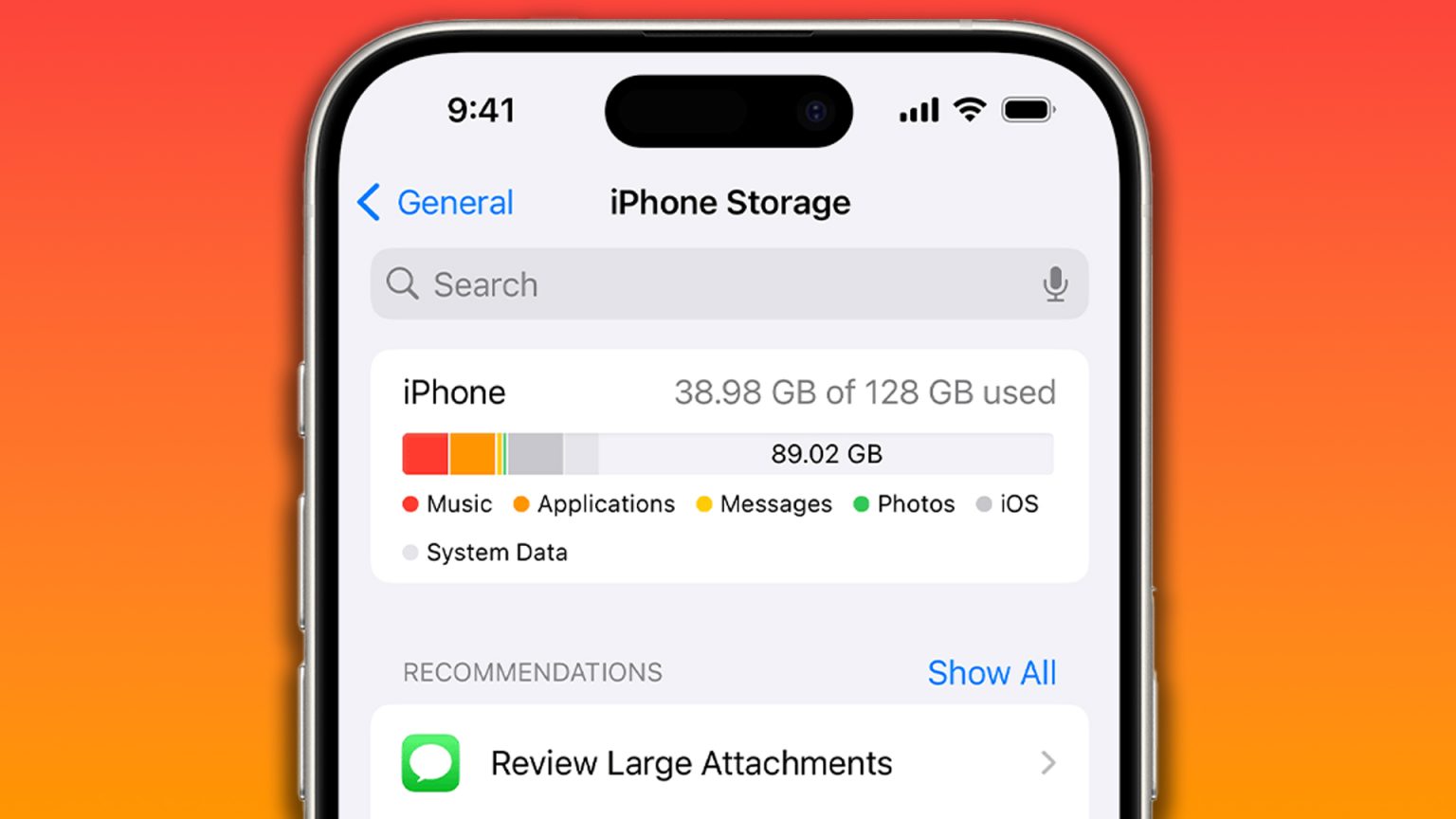The fear of someone snooping on your iPhone is a valid concern in today’s interconnected world. While a strong passcode is the first line of defense, there are subtle clues within your device that can expose a potential intruder. By carefully examining your iPhone’s storage, Screen Time data, and app activity patterns, you can build a compelling case against any unauthorized access. Remember, these methods are not foolproof and rely on accurate memory and consistent personal usage patterns. However, when used together, they can provide valuable insights into potential privacy breaches.
The first clue lies within your iPhone’s storage settings. While this feature is typically used for managing space, it can also reveal recently used apps. Navigating to Settings > General > iPhone Storage and switching the filter from “Size” to “Last Used Date” will present a chronological list of your apps based on their last usage. If an app appears high on the list that you haven’t used recently, or its position seems out of sync with your typical usage, it could indicate unauthorized access. For instance, if WhatsApp is listed as recently used, but you haven’t touched it in days, that’s a red flag. This method relies on your memory of app usage, so maintaining awareness of your habits is crucial.
Screen Time, designed for managing phone usage, can also be a powerful snooping detection tool. Enabled through Settings > Screen Time, this feature tracks various aspects of phone activity, including the first time the phone is picked up each day. Within Screen Time settings, navigate to “See All App & Website Activity” and then scroll down to “Pickups.” The “First Pickup” time indicates the initial unlock of your device for the day. If this time precedes your typical waking hour, it suggests someone else might have accessed your phone. You can even review past days for recurring patterns. However, be mindful of instances where you might have inadvertently unlocked your phone during the night without realizing it. To prevent snoopers from accessing your Screen Time data, enable the “Lock Screen Time Settings” feature within the Screen Time settings, requiring a passcode for access.
The third clue lies within Screen Time’s “Most Used” section. Again, access this via Settings > Screen Time > See All App & Website Activity. This section lists your most frequently used apps for the current day. Selecting a specific app, such as WhatsApp or Gmail, reveals a detailed breakdown of usage times within the day. By comparing these times with your own memory of app usage, you can identify any discrepancies. If an app was used during a time you know you weren’t using it, it warrants further investigation. Analyzing these patterns over several days can help you pinpoint potential snooping activity and potentially even identify the culprit based on their access patterns.
While exploring Screen Time settings, consider enabling the “Screen Distance” feature to protect your eyesight. This feature warns you if your phone is held too close to your face for extended periods, reducing eye strain and the risk of myopia. To activate this, go to Settings > Screen Time > Screen Distance and toggle the feature on. A pop-up notification will alert you if your phone is held too close, requiring you to move it further away to clear the warning. This feature, while unrelated to snooping detection, promotes healthy phone usage habits.
In summary, these three clues – unusual app usage patterns in iPhone Storage, unexpected “First Pickup” times in Screen Time, and discrepancies in app activity logs – can help you identify potential snooping on your iPhone. These methods, while not foolproof, offer valuable insights when used in conjunction with each other. By understanding and utilizing these features, you can take proactive steps to protect your privacy and ensure your iPhone remains secure. Remember that a strong, unique passcode is the first and most crucial step in preventing unauthorized access. Enabling the Screen Time passcode lock adds an extra layer of security, safeguarding your usage data from prying eyes.
Beyond these methods, there are other precautions you can take. Regularly review your app permissions, ensuring only necessary apps have access to sensitive data like your location, contacts, or camera. Be mindful of where you leave your phone, especially in public spaces. Consider enabling two-factor authentication for your Apple ID, adding an extra layer of security to your account. Staying vigilant and proactive is key to maintaining your privacy in a digitally connected world. While these clues can help expose potential snoopers, prevention is always the best approach. By combining strong security practices with regular monitoring of your device activity, you can significantly reduce the risk of unauthorized access and maintain control over your personal information.




